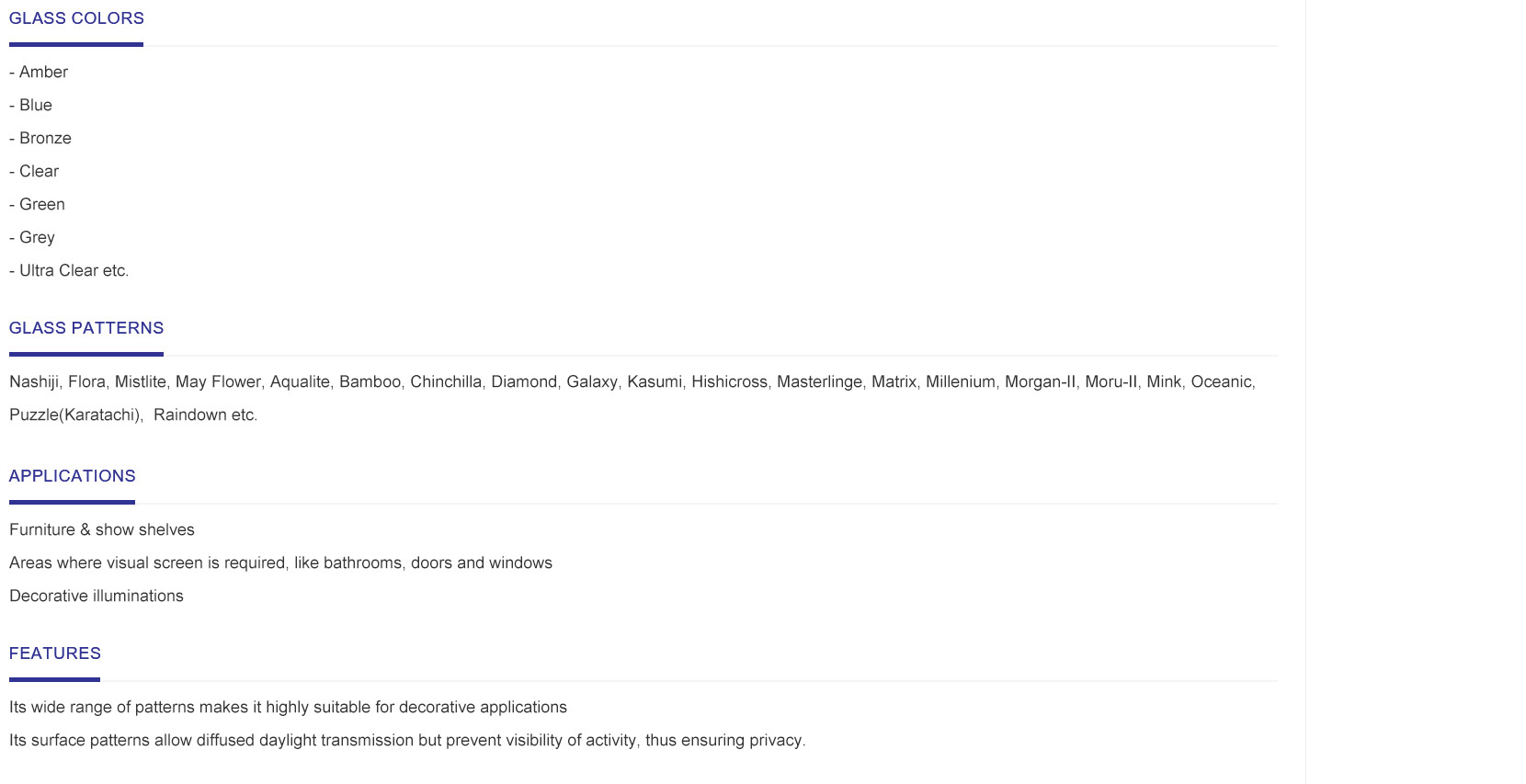

The Importance of Insulated Glass Unit Replacement
Insulated glass units (IGUs) have become a standard feature in modern architecture due to their energy-efficient benefits, noise reduction capabilities, and aesthetic appeal. However, like any building component, IGUs can deteriorate over time, leading to a significant decrease in their performance and effectiveness. When the time comes, replacing insulated glass units is essential for maintaining the comfort and efficiency of your home or building.
Understanding Insulated Glass Units
An insulated glass unit typically consists of two or more glass panes separated by a layer of inert gas, such as argon or krypton, which adds thermal insulation properties. Sealed within a frame, these units are designed to prevent heat transfer, reduce condensation, and provide sound insulation. The gap between the panes minimizes heat loss in winter and keeps indoor spaces cooler in summer, which enhances energy efficiency and reduces heating and cooling costs.
However, various factors can affect the integrity of an insulated glass unit, leading to issues that necessitate replacement. This may include seal failure, physical damage, or inadequate maintenance. Recognizing the signs of a failing IGU can help homeowners mitigate larger issues down the line.
Signs That Your IGU Needs Replacement
1. Condensation Between Panes If you observe condensation or moisture buildup between the panes of glass, it indicates the seal has failed. This moisture not only obstructs your view but can also lead to mold growth and reduce insulation properties.
2. Visible Damage Cracks, chips, or deep scratches on the surface of the glass can compromise the unit's integrity. Although some minor damages can be repaired, deep fractures often require complete unit replacement.
3. Increased Energy Bills A significant and unexplained rise in your energy costs can signal that your IGUs are no longer functioning effectively. Poor insulation allows conditioned air to escape, forcing HVAC systems to work harder.
4. Fading Furnishings If your furniture, carpets, or artwork are fading more than expected, it may be a sign that UV rays are penetrating through weakened glass. Modern IGUs often come with low-E (low emissivity) coatings that reflect UV light, protecting your interior.

5. Drafts and Temperature Fluctuations Noticing drafts near windows or inconsistent temperatures can signal that your insulated glass units have lost their thermal efficiency.
The Replacement Process
Replacing an insulated glass unit involves several steps
1. Assessment A professional will inspect your windows to determine the extent of damage and whether replacement is necessary.
2. Selection Choose the right type of IGU for your needs, taking into account factors such as energy efficiency ratings, thickness, and coatings.
3. Installation Skilled technicians will remove the old unit with care, clean the frame, and properly install the new insulated glass to ensure a tight seal.
4. Final Touches After installation, a final inspection ensures that the new unit is functioning as it should, effectively sealing against moisture and air leaks.
Conclusion
The replacement of insulated glass units is a critical step toward ensuring energy efficiency, comfort, and aesthetic quality in any building. Ignoring the signs of aging or failure can lead to more significant issues down the line, including increased energy costs, reduced comfort, and potential structural damage. As a homeowner or property manager, staying vigilant about the condition of your insulated glass units can help maintain your investment's value and ensure a pleasing living environment. If you suspect any issues with your IGUs, consulting a professional for assessment and replacement is the best course of action. Prioritize your comfort and sustainability—consider IGU replacement as a proactive measure in your property maintenance plan.